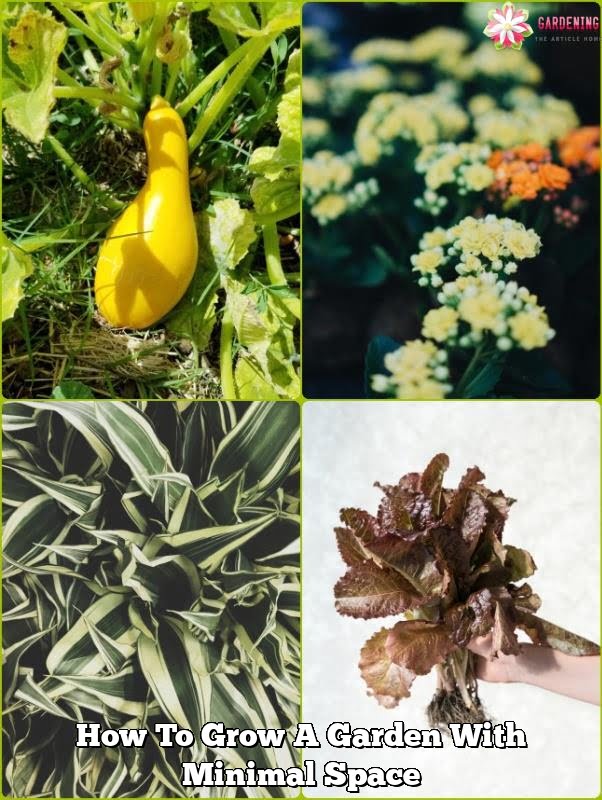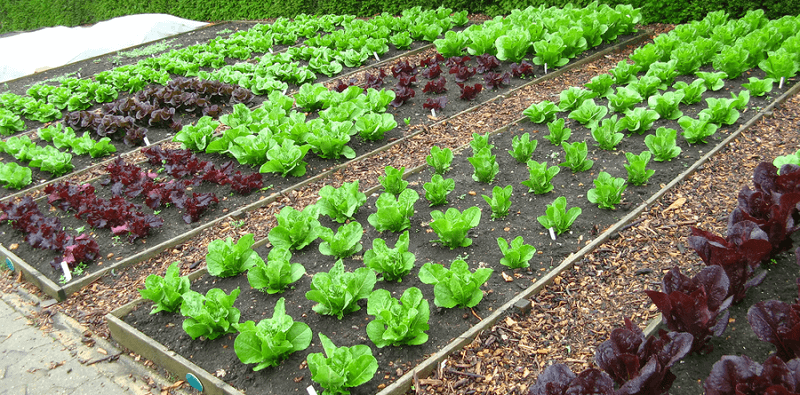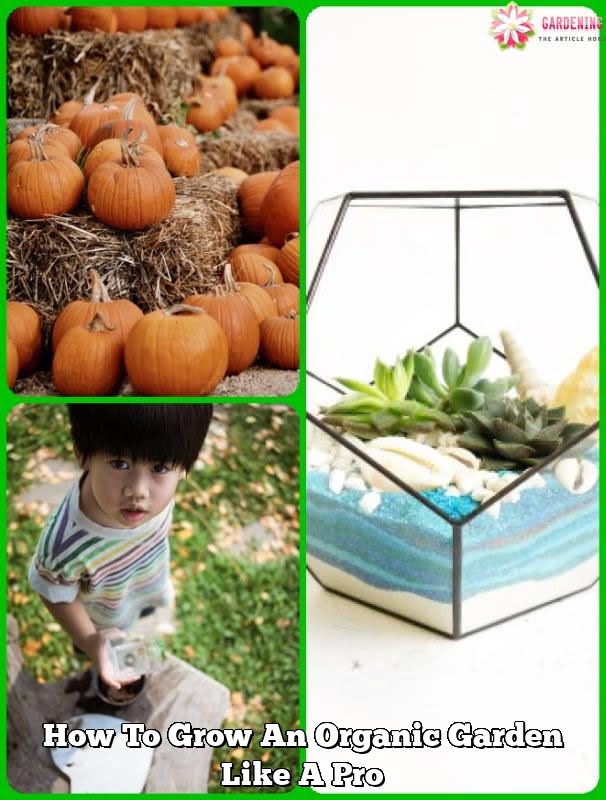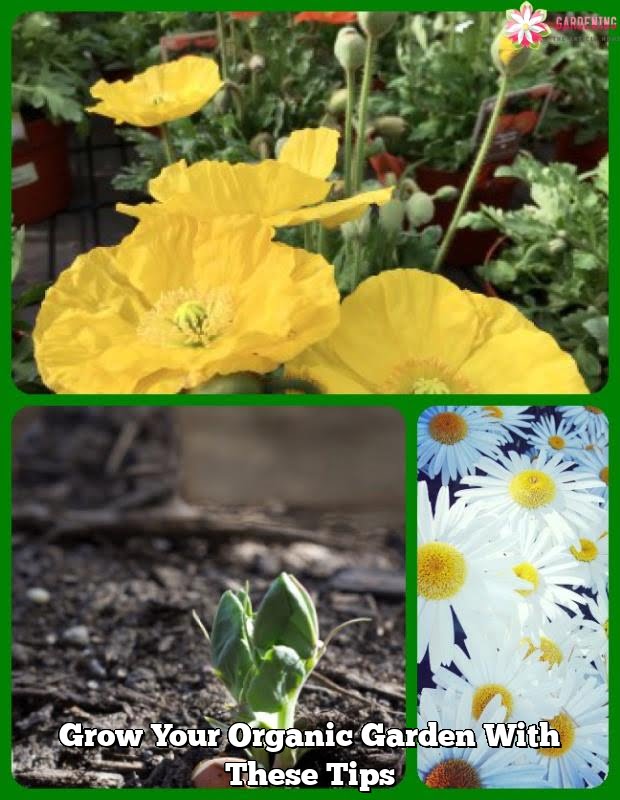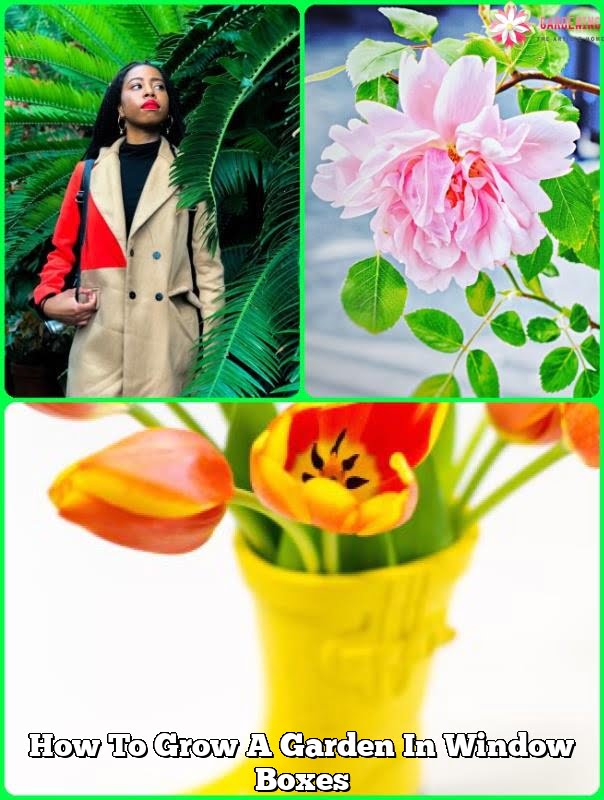One of the most sensible ways to improve your diet is through organic garden. It does require some effort, in order to grow, require a great deal of effort to grow. You might be wondering where you need to start to have your very own organic horticulture process.
Select plants that will bring a relatively high yield.
Use climbers for covering fences and fences. Many climbers are so robust that they can cover an unattractive wall or fence in as little as one growing season. They can cover an arbor, or even cover an arbor. Some require ties attaching them to supports, whereas certain climbers attach themselves to a surface with tendrils or twining stems. Some climbers that have proven to be reliable are honeysuckle, jasmine, wisteria, climbing roses, and wisteria.
Stink Bugs
When you’re out and about in the garden, be watchful of stink bugs, keep an eye on those stink bugs. They thrive on fruits, citrus, beans and tomatoes. If they are left in the garden, your garden could be ravaged by these bugs, so you need to proactively keep their population under control.
Make a landscaping plan for your first hole. This helps you in recognizing your tiny plants when they begin to sprout.
You should make sure to divide irises. You can get more irises by dividing up overgrown clumps.The bulbs, and once you put them back into the earth, should easily split by hand – allowing you to replant them for even more blooms next spring. You should split up rhizomes with a knife. Cut rhizomes from around the outside then throw out the dead center. Every piece is suppose to have at least one good offshoot. Replant your cuttings immediately for the cuttings.
You may want to think about having evergreens that yield berries planted in your yard. Some plants provide color during the winter like the Winterberry, and American Holly, Winterberry and similar plants.
Don’t use pesticides for your garden. These types of pesticides also kill the helpful insects that destroy the pests. Bugs that are good for your garden tend to be more susceptible to these types of pesticides, you may simply end up with a bigger pest problem. This will leave you using more pesticides to fix the problem.
Plant with fall color. Maple trees are an autumn rainbow of crimsons to yellows, as do Beech trees and Dogwood. When you choose shrubbery, try hydrangea, hydrangea, or cotoneaster.
Wear a hat, wide-brimmed hats and sunglasses. Protecting yourself from harmful UV rays means you are less likely to get sunburned or suffer skin cancer.
Using a solution of aspirin water will help your plants fight diseases. Dissolve 1 aspirin (1.5 pills per 2 gallons of water) in a plant disease fighting solution. You can just spray this concoction to help them to fight of disease. The process can be repeated every three weeks.
Try to avoid letting your garden build up. Even if you are too busy to tend to your gardens needs every day, do small tasks that will help you avoid having to do large tasks when you finally do have time. If you put the dog outside, pluck a few weeds while your dog is taking care of his business.
Some typical examples include ageratum and petunias. If you are wondering whether or not the seeds require direct sunlight, look online or at the package.
Organic gardening is more difficult than horticulture with chemicals, but the results are worth it. While chemicals offer an easy solution to many common gardening problems, growing organically is the most rewarding option for you and those who consume your crops.
Any type of horticulture can be a fun hobby because it brings you closer to the earth, but particularly if you employ organic gardening techniques.
You need to mulch your garden and flowerbed using at least three inches of material that is organic. This affects your garden in a variety of ways, including enriching the soil, inhibiting the growth of unsightly weeds, and creating a noticeably more professional look.
This will be organic horticulture tip! Plan your landscaping with primarily native grasses, flowers, and grasses. If you choose groups of plants that all mesh with each other in terms of optimal soil conditions, soil variety and indigenous neighbors, you won’t need to do as much work to get the plants to coexist peacefully. Native plants will thrive if you encourage growth with only natural compost.
There are many different plants that you can plant in your garden. Mulch is a must-have for plants that need acidity to thrive. These types of plants should be mulched with thick layer of pine needles around fall every year.
You should put a lot of thought into selecting the plants that will go in your organic garden. This is particularly important when you purchase perennials or annuals. You need to be sure to get ones that you get the budded ones and not in bloom. This is because they can a begin growing strong network of roots.
Leaves make for a good organic compost that you can mix with soil. You will soon realize that this is a great method of creating organic compound for your garden.
Some houseplants may require humidity to thrive.You could create humidity by grouping different kinds of plants together in a pot, or replanting the specimen into a larger pot and filling the gap in with compost or stones. Another way to increase humidity for your houseplants is by spraying them with water mist one to two times per day.
You can use a sharp kitchen knife to cut the most prominent roots removed. Cut roots into lengths of two inches in length. Place the cut up roots on top of a seed tray that his been filled with peat and grit. Cover it with a thin layer of grit and peat. Plant these separately in little pots until they’re ready to be placed outside.
As the article has referenced, organic horticulture takes work, research, and effort in order to be successful. So you can see these results, you must keep working with them. The next time you are in your garden, think of the tips from this article. If you can use that knowledge, you will be more capable of using organic gardening techniques to your advantage.

Welcome to my blog about home and family. This blog is a place where I will share my thoughts, ideas, and experiences related to these important topics. I am a stay-at-home mom with two young children. I hope you enjoy reading it! and may find some helpful tips and ideas that will make your home and family life even better!

